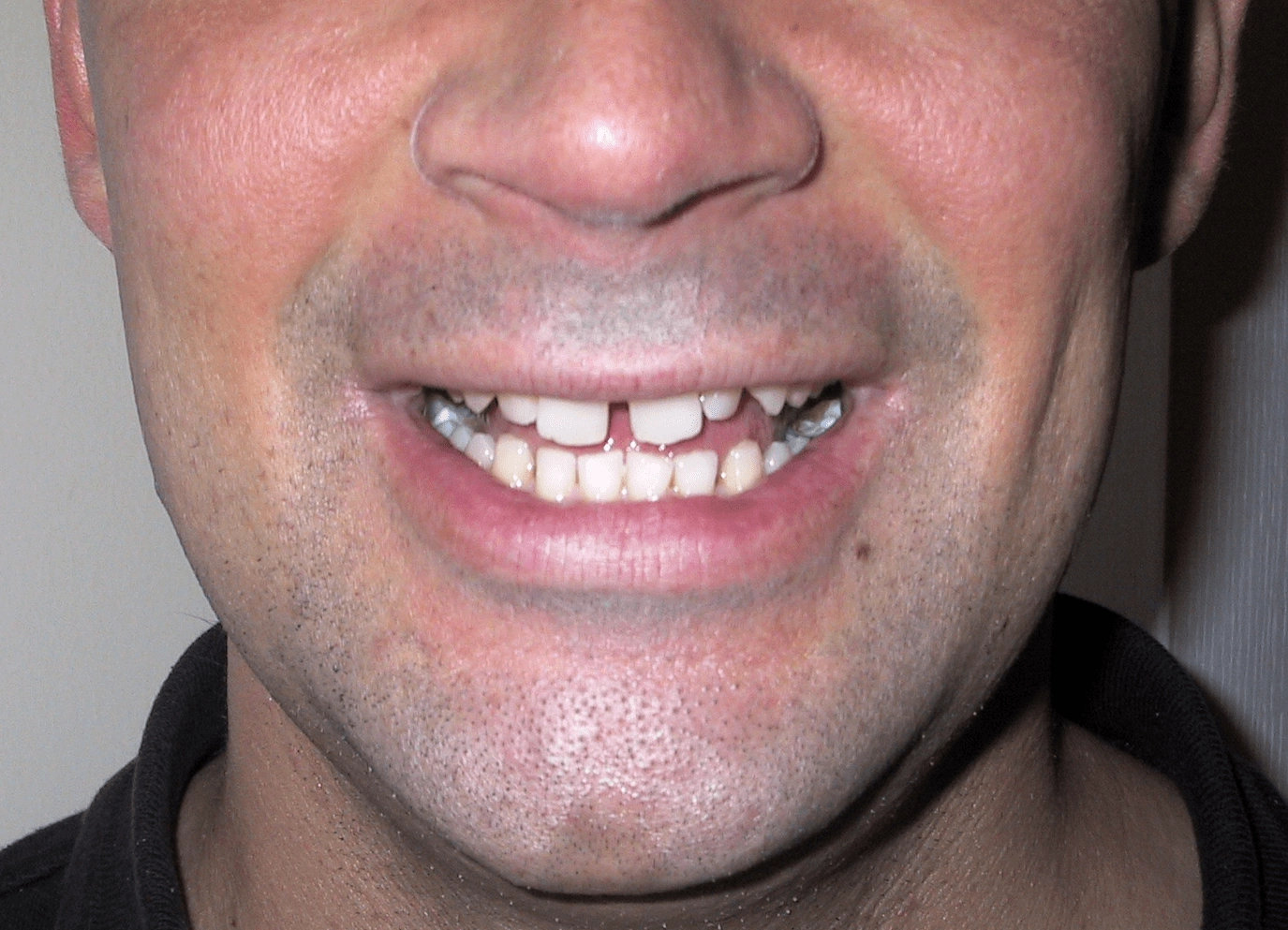- Advantages:
- Provides a long-term solution for missing teeth.
- Restores function and aesthetics.
- Disadvantages:
- Involves surgery and recovery time.
- It can be expensive.
- When Preferred: Best for older patients with severe gaps due to missing teeth.


I was scanning people’s questions on Practo, and this one caught my attention. Many people have gaps in their teeth and want to know a permanent solution.
As a dentist in Pune, I’m happy to share some insights.
A gap between teeth is known as diastema. Many people have this issue. While some people don’t mind having gaps in teeth, others want to minimise it for aesthetic or functional reasons. Gaps can appear anywhere in the mouth but are most noticeable between the two upper front teeth.

Fortunately, modern dentistry offers many practical and painless treatments to address this issue. In this blog, we’ll explore the best teeth gap treatment options in detail, discussing their advantages and disadvantages and when each is preferred.
Are you wondering…
While some appreciate their gaps, many consider closing them for various reasons:
This brings me to the next question: Why do we see teeth gaps only in some people but not everybody? Here’s the answer.
Teeth gaps can develop for several reasons:
To close gaps early, it’s best to consult a dentist between ages 13 and 18, as bones fully develop around 20. If you consult after 20, you might require a lengthy procedure.
If you are considering postponing treating your teeth gaps, you must think again!
Not addressing gaps can lead to several problems:
Now that you know how ugly a non-treating teeth gap can be, let us focus on the most important part.
Description: Metal braces use brackets and wires to close gaps by slowly shifting the teeth.
Description: Clear aligners are removable, custom-made trays that gradually shift teeth into place.
Description: A tooth-colored resin is applied to the teeth to close small gaps.
Description: Thin shells of porcelain or composite resin cover the teeth’ front surface.

Description: A crown is a cap that covers a damaged or decayed tooth, and it also closes gaps when applied to adjacent teeth.

Description: In cases of significant gaps due to bone loss, removing teeth and replacing them with a bridge or implant may be necessary.

Description: A frenectomy is a surgical procedure that removes or reshapes the frenum (the tissue connecting the upper lip to the gums) to allow teeth to move closer together.
1.Severity of the Gap: The gap size often determines the best course of treatment. Smaller gaps may be effectively treated with bonding or veneers, while larger gaps may require orthodontics.
2.Budget: Costs can vary significantly between treatments. Orthodontics, especially with Invisalign, can be more expensive than bonding or veneers. However, consider the long-term durability and effectiveness of each option.
3.Time Frame: If you want a quick fix, treatments like bonding or veneers offer immediate results. Orthodontic treatments, while more permanent, require a longer commitment.
4.Aesthetic Preferences: Consider how you want your smile to look during and after treatment. Clear aligners or veneers might be your best bet if discretion is important.
5.Dental Health: Your overall dental health can influence your treatment choice. If you have underlying dental issues like decay or gum disease, you must work on those first.
Before deciding on any treatment, it’s crucial to consult with a dentist or orthodontist. We can evaluate your situation, provide professional advice, and create a personalised treatment plan.
Closing a gap between teeth can significantly change your smile, boost your confidence, and improve your dental health. Whether you choose braces, bonding, veneers, crowns, or a frenectomy, the key is finding the best treatment.
By consulting a dental professional, you can achieve a smile you love while ensuring your oral health is in top condition.




